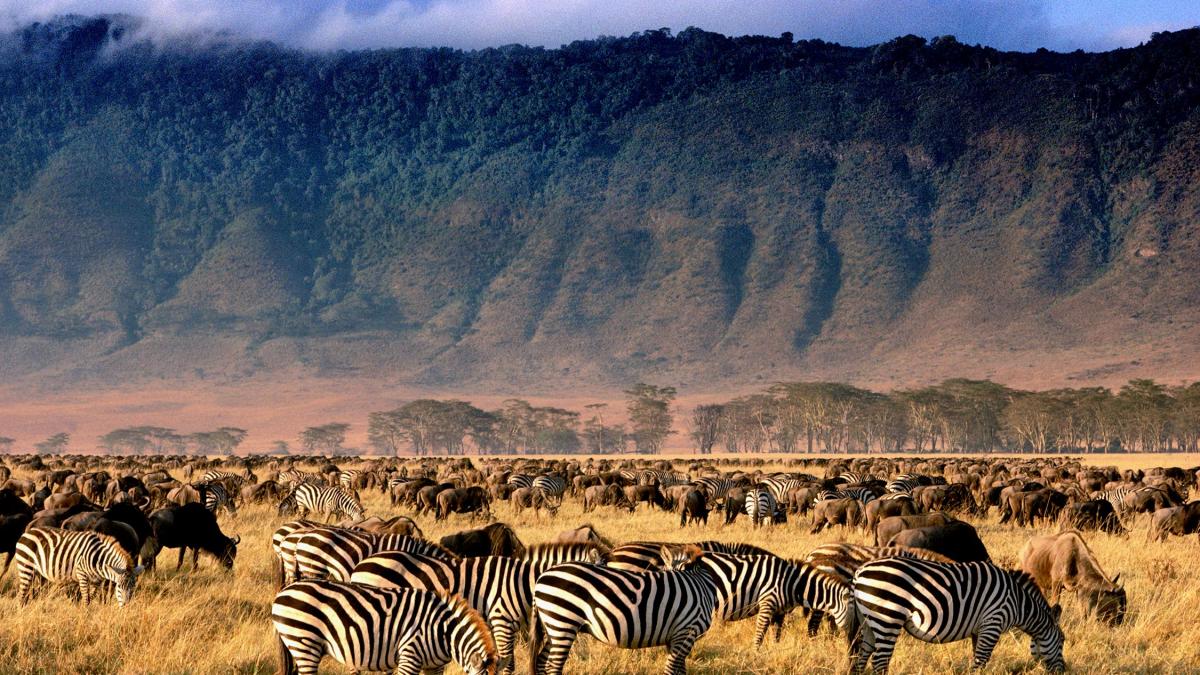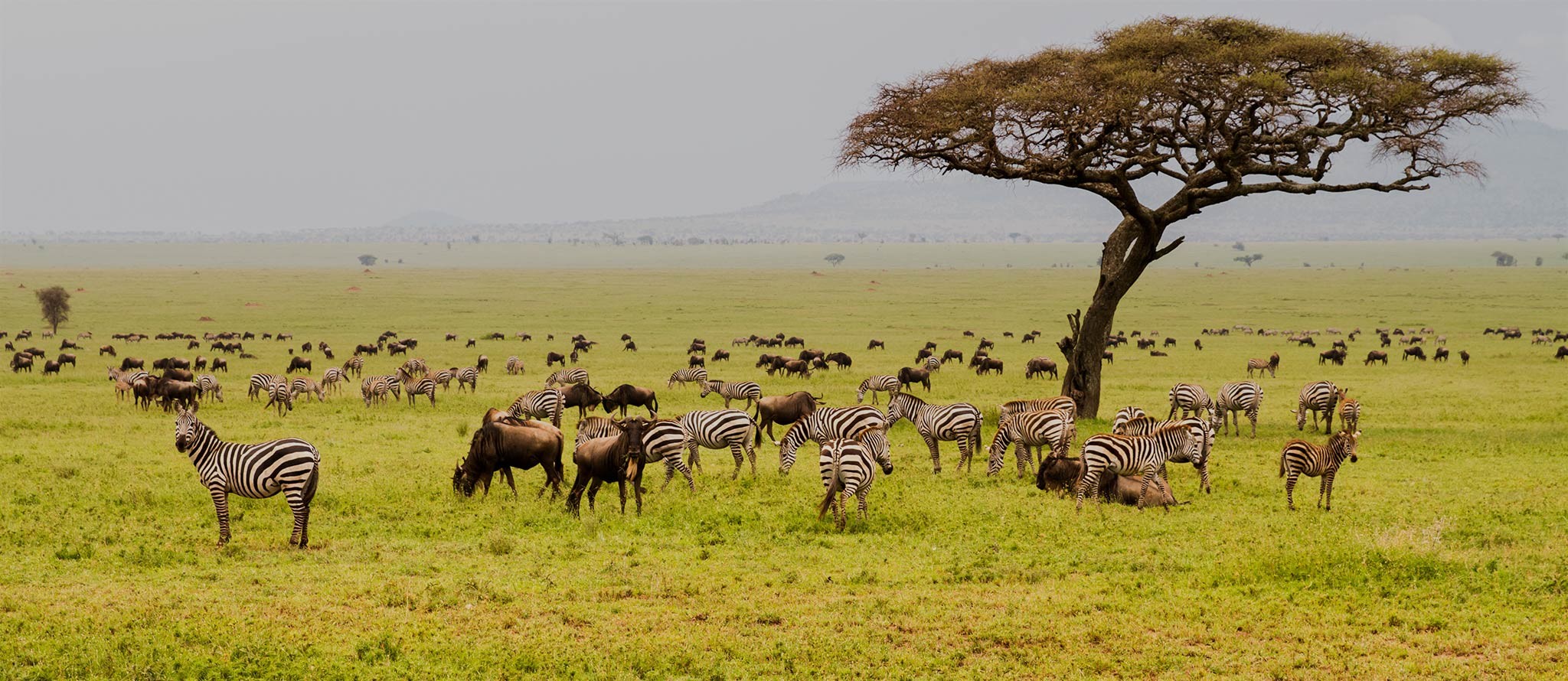
Tips for Planning the Perfect Wildlife Safari in Tanzania
Tips for Planning the Perfect Wildlife Safari in Tanzania. Embarking on a wildlife safari in Tanzania is akin to stepping into a realm where nature unfolds its most magnificent spectacles. From the endless plains of the Serengeti to the majestic peaks of Kilimanjaro, Tanzania offers a treasure trove of experiences for any wildlife enthusiast. However, to truly immerse yourself in the wonders of this East African paradise, careful planning is essential. Here’s a detailed guide to help you craft the perfect Tanzanian safari, ensuring that every moment is as breathtaking as the landscapes you’ll encounter.

-
Choosing the Right Time to Visit
Timing is everything when it comes to safaris. Tanzania’s wildlife is influenced by seasonal changes, making certain times of the year better for specific experiences. The dry season, which runs from late June to October, is widely regarded as the best time for a safari. During this period, animals congregate around water sources, making wildlife sightings more predictable and frequent. This is also the time when the Great Migration, one of the most spectacular natural events in the world, takes place in the Serengeti.
Conversely, the wet season, from November to May, brings lush green landscapes and fewer tourists, offering a more tranquil experience. Although wildlife might be more dispersed due to the abundance of water. This season is ideal for birdwatching, as migratory birds flock to the region. Moreover, the calving season, which occurs in February, is an incredible time to witness newborns taking their first steps in the wild.
-
Selecting the Ideal Safari Destinations
Tanzania is home to an array of national parks and reserves, each offering unique wildlife experiences. To plan the perfect safari, it’s crucial to select destinations that align with your interests. The Serengeti National Park, perhaps the most famous. It is a must-visit for witnessing the Great Migration and seeing large predators like lions, cheetahs, and hyenas in action. Its vast savannahs are iconic, providing that quintessential African safari experience.
For a more intimate encounter with wildlife, consider visiting the Ngorongoro Crater. This UNESCO World Heritage Site boasts a high density of animals within a relatively small area. Thus making it an excellent spot for seeing the Big Five (lion, elephant, buffalo, leopard, and rhinoceros) in a single game drive. The Crater’s unique ecosystem also supports a range of habitats, from grasslands to forests, ensuring diverse wildlife sightings.
If you seek a safari off the beaten path, the Selous Game Reserve (now part of Nyerere National Park) and Ruaha National Park offer remote, less crowded alternatives. These southern parks are known for their large populations of elephants and rare species like African wild dogs. Additionally, the landscapes here are more varied, ranging from miombo woodlands to riverine forests, providing a different yet equally captivating safari experience.
-
Deciding on the Type of Safari Experience
Tanzania offers a variety of safari experiences, each catering to different preferences and budgets. For those seeking luxury, there are high-end lodges and tented camps that offer exquisite comfort, gourmet dining, and personalized service. These accommodations often provide exclusive game drives. Therefore ensuring a more private and tailored experience.
On the other hand, mobile camping safaris offer a more adventurous option. These safaris involve moving from one location to another, setting up camp in the heart of the wilderness. This type of safari allows you to follow the movement of animals more closely. Moreso offering an immersive experience that brings you closer to nature. While amenities might be more basic compared to luxury lodges, the sense of connection with the environment is unparalleled.
For the more intrepid travelers, walking safaris and fly-in safaris are also available. Walking safaris provide a ground-level perspective of the bush, led by experienced guides who interpret animal tracks and behavior. Fly-in safaris, meanwhile, involve short flights between parks, maximizing your time on the ground while offering stunning aerial views of Tanzania’s diverse landscapes.
-
Understanding the Importance of a Knowledgeable Guide
A safari is only as good as the guide who leads it. A knowledgeable guide can transform a good safari into an unforgettable one by providing insights into animal behavior, the local ecosystem, and the cultural significance of the areas you visit. In Tanzania, many safari guides have years of experience and deep connections to the land. Moreso often coming from communities that have lived alongside wildlife for generations.
When choosing a safari operator, prioritize those with a reputation for excellent guiding. Look for guides who are not only skilled at spotting wildlife but also adept at storytelling, able to weave narratives that enhance your understanding and appreciation of the natural world. Additionally, a good guide will be attuned to your interests and pace, ensuring that your safari experience is both educational and enjoyable.
-
Considering the Role of Sustainability in Your Safari
In recent years, there has been a growing emphasis on sustainable tourism, and this is particularly important in sensitive ecosystems like those in Tanzania. When planning your safari, consider choosing operators and lodges that prioritize eco-friendly practices. These might include using solar power, reducing plastic waste, supporting local conservation projects, and employing staff from nearby communities.
By opting for a sustainable safari, you not only minimize your environmental impact but also contribute to the preservation of Tanzania’s incredible wildlife for future generations. Furthermore, many eco-lodges and camps offer opportunities to learn about conservation efforts firsthand, adding a meaningful dimension to your safari experience.
-
Packing Wisely for Your Safari Adventure
Proper packing can make a significant difference in your safari experience. The key is to pack light yet effectively, keeping in mind that many safari lodges have restrictions on luggage weight, especially if you’ll be taking internal flights. Neutral-colored clothing is recommended to blend in with the environment, and layers are essential due to the varying temperatures between morning game drives and afternoons.
Don’t forget to bring essentials like a good pair of binoculars, a camera with a zoom lens, sunscreen, a hat, and insect repellent. A small medical kit is also advisable, including any personal medications, as you might be in remote areas far from medical facilities. Finally, consider bringing a good field guide to African wildlife, which can enhance your understanding of the animals you encounter.

-
Preparing for Cultural Interactions
Tanzania is not just about wildlife; it’s also a country rich in cultural diversity. A perfect safari should include opportunities to engage with local communities and learn about their traditions. Whether it’s visiting a Maasai village to understand their way of life or exploring the vibrant markets of Arusha, these cultural interactions add depth to your safari, making it a more holistic experience.
However, it’s important to approach these interactions with respect and sensitivity. Ensure that any cultural visits are arranged through responsible operators who work in partnership with local communities. This ensures that your visit benefits the people you meet and that their traditions are respected and preserved.
-
Budgeting and Financial Planning
Finally, a key aspect of planning the perfect safari is budgeting. Tanzania offers a range of safari experiences to suit different budgets, but costs can quickly add up. Especially when factoring in park fees, accommodation, transport, and guided activities. It’s advisable to plan your budget carefully, prioritizing the elements of the safari that matter most to you.
While it’s possible to find more affordable options, particularly in the form of group tours or budget lodges, investing in a quality experience often leads to a more fulfilling safari. This doesn’t necessarily mean opting for the most expensive option, but rather finding the right balance between cost and experience. Remember, a well-planned safari, even on a moderate budget, can still offer exceptional wildlife encounters and lifelong memories.

Conclusion
Planning the perfect wildlife safari in Tanzania involves a delicate balance of timing, destination selection, experience type, and attention to detail. By taking the time to carefully consider each aspect of your safari. You’ll be well on your way to creating an adventure that not only meets but exceeds your expectations. Whether you’re drawn to the drama of the Great Migration, the tranquility of the Ngorongoro Crater, or the remote beauty of the southern parks. Tanzania promises a safari experience like no other. Embrace the journey with an open heart and a spirit of adventure, and you’ll leave with memories that will last a lifetime.
Related Posts;






